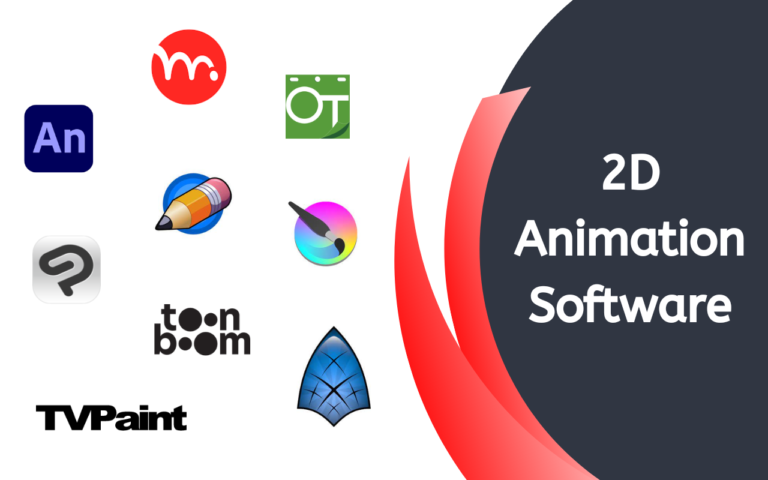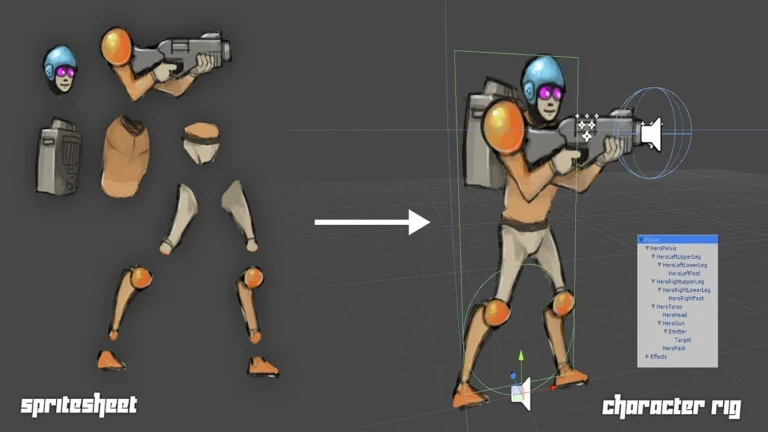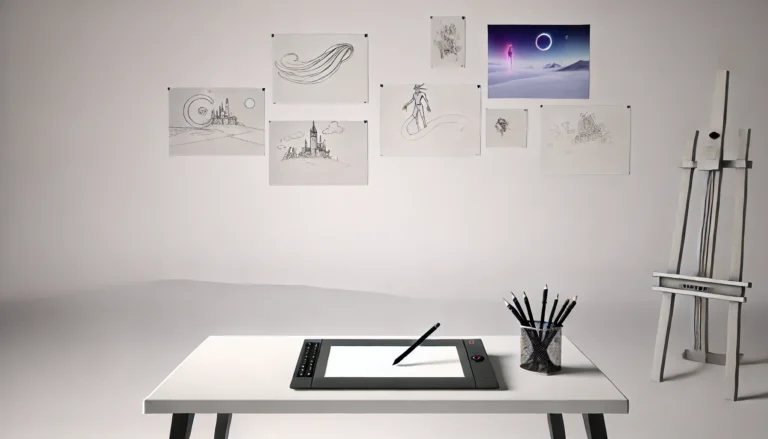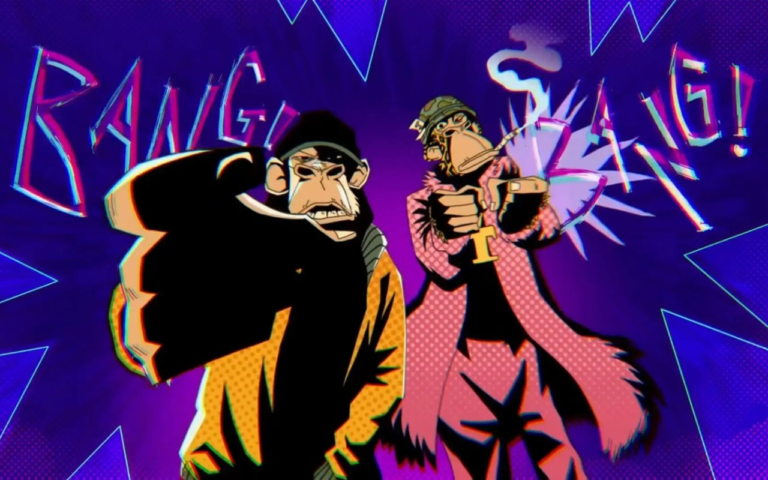No matter how long you’ve been creating art, there’s a good chance you tend to get better. Realistic art is a skill that takes a lifetime to master, but mastering human anatomy is the one that will put you on the fast track to success. You could question the need to study the human body if you’re an artist. If you have the appropriate basis, understanding human anatomy for artists will convert your 3D creations, paintings, or sketches from average to realistic. After reading this blog, you understand the necessity of learning human anatomy.
Why Does Human Anatomy Matter?
Understanding anatomy is essential for all artists, especially those attracted by the human body. You can design and create the figure without using a reference if you understand how the body moves and works. It helps you to be able to draw the body to feel natural and alive. Character development is often an essential part of honing your skills, regardless of whether you’re a sculptor, concept artist, painter, or choose another form of medium for your works.
Although you may have moved past the “stick figure” stage of character creation, are you satisfied with how your characters look? Many creatives cannot advance over their current level of proficiency because they are stuck there. You’ll need human anatomy as the proper foundation if you wish to improve your character design. Human Anatomy also helps you out if you are an animation modeler or you produce 3D animation services.
It is essential to understand human anatomy to create realistic-looking designs and movement patterns in drawings, paintings, or digital characters. Because they cannot determine each muscle group’s start and stop points, most painters cannot create a realistic human figure. You’ll be able to create a lifelike human figure once you understand each muscle group and how it connects to the skeleton. To understand the fundamentals of the human body, you don’t have to be a doctor. You only require a simplified, basic understanding.

When you want to design a character, there shouldn’t be any area of the body that you don’t understand. If anything is a mystery, you won’t be able to represent it properly without copying it or just inventing things. With knowledge, you can design the body to make changes.
You can choose what to emphasize, what to leave out, and what to add that isn’t noticeable in the reference. You are no longer a slave to the reference once you have the power to change it. Likewise, you can apply it as needed. Additionally, you can produce your own original artwork that fits your vision and the narrative you’re trying to convey.
There won’t be a model that resembles the Hulk or a zombie; such a thing would have to be created. As a result, you can create anything you want with a high understanding and imagination. Not only does anatomy knowledge enable you to draw from memory or imagination, but it also makes it easier to represent the human body in a realistic, realistic, and alive way.
History of Anatomy
Leonardo da Vinci was the first individual to study skinless cadavers. The human form was the primary topic of painting during the late Middle Ages and the Renaissance. Investigations on creating the most accurate depiction resulted from this intense curiosity about the figure. Leonardo da Vinci devoted himself entirely to studying human anatomy, even by engaging in illegal dissections. Soon after Leonardo’s passing, surface anatomy became a permanent component of artists’ training. Apprentices had to draw pictures of human figures that had been flayed (écorchés). The pioneer in this subject was Leonardo. Check out this video to figure out anatomy more precisely.
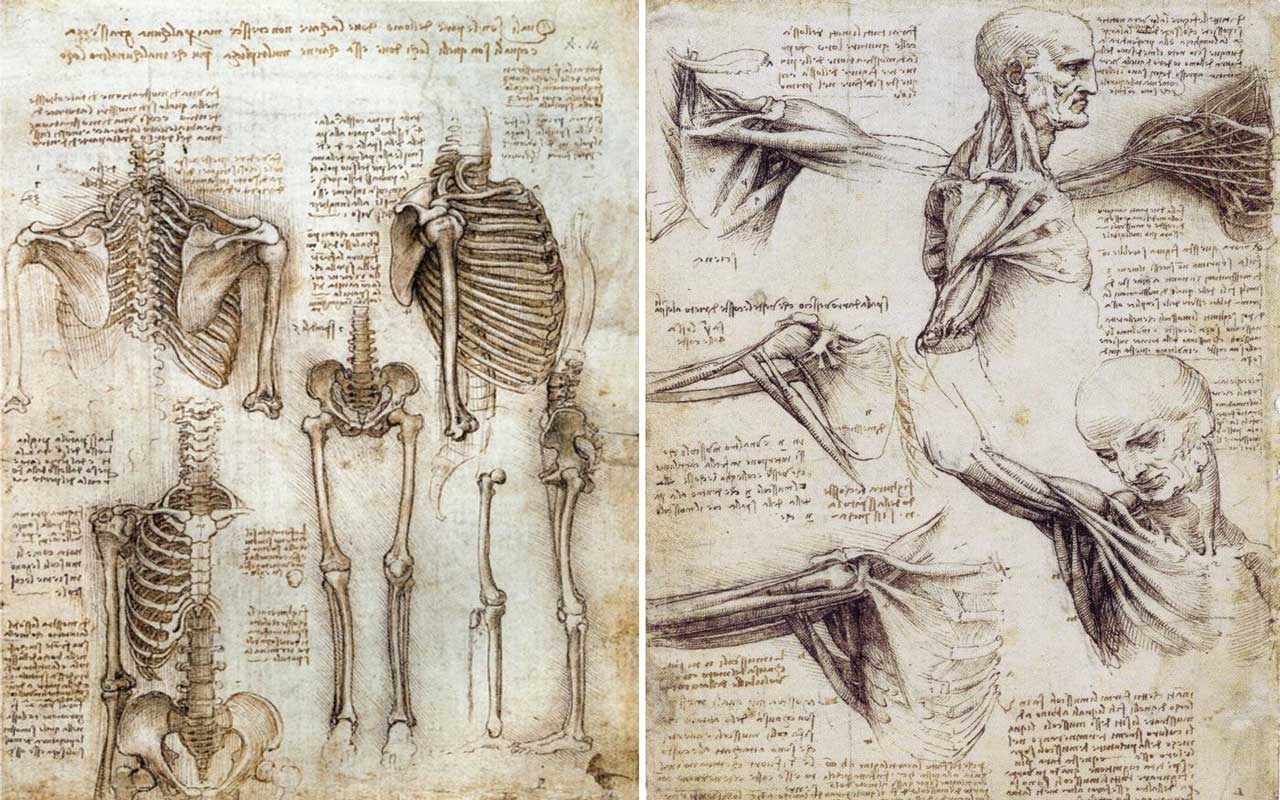
How to Study Anatomy
Since you are just interested in the visible details of anatomy, you do not need to study it in as great detail as a doctor would. Unless you intend to depict a zombie, you don’t need to learn deep muscular systems that don’t affect surface forms. Focusing alone on the figure’s front, side, and back forms is insufficient. To be able to visualize the figure moving in any way you can think of, you must fully understand how the muscles work. Consequently, you need to study anatomy in three dimensions. The human body is a very complex arrangement of bones and muscles. The balance of the body as a whole can be affected by a small change. As a result, it is better to start from the skeleton.
The Skeleton
The best starting point is a bare-bones beginning, no pun intended. The skeleton serves as the framework for the body’s muscles. You may learn the fundamental structure of the body, how it moves, and how it maintains stability by first studying the skeleton (balance). You need to be able to comprehend the skeleton’s three-dimensional form. Obtain a location where you can rebuild the skeleton in any way you like. You don’t have to draw every bone when sketching up different skeletons in various situations. Instead, concentrate on the most crucial factors that directly affect your figure’s shape.
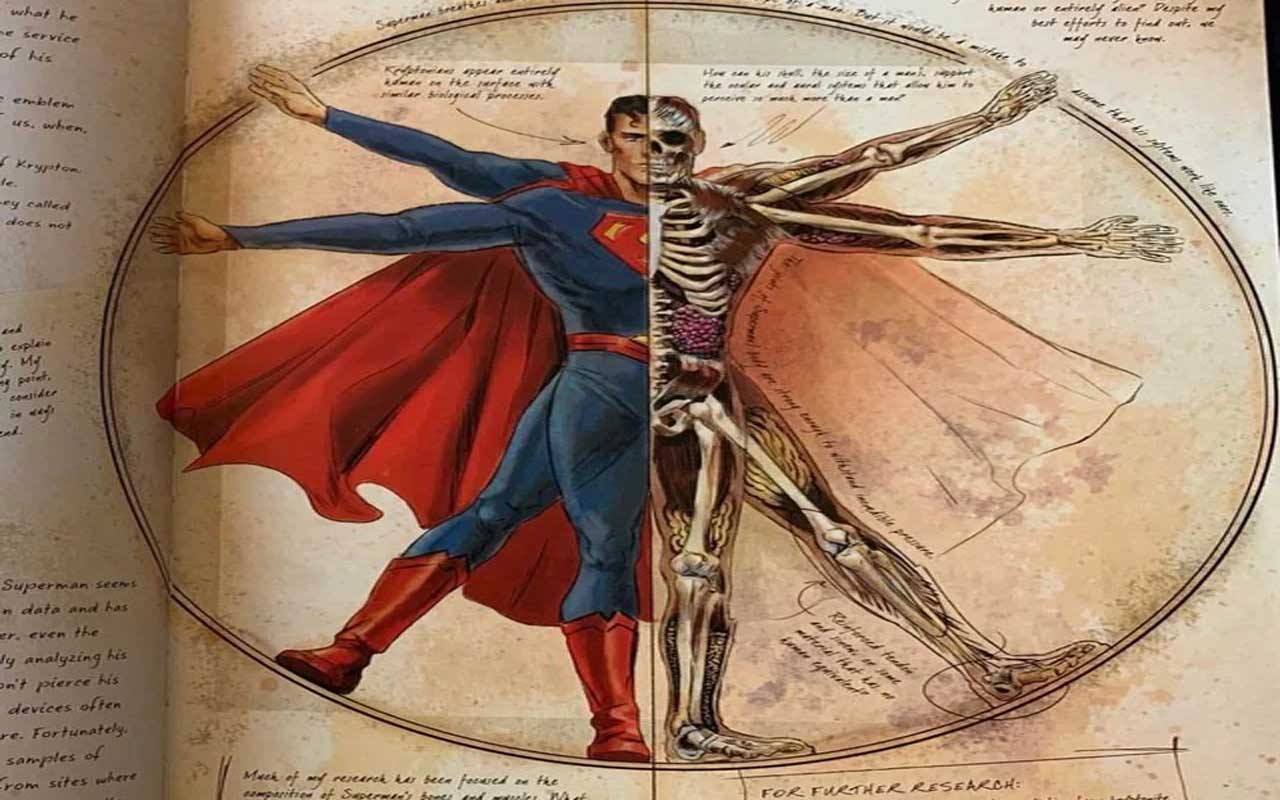
Movement and Muscles
You can move on to muscles once you have a good understanding of the skeletal shape in three dimensions. Examine how the muscles’ shape changes as the figure move. Study each superficial muscle in detail so that you can picture how the figure will appear in different poses.
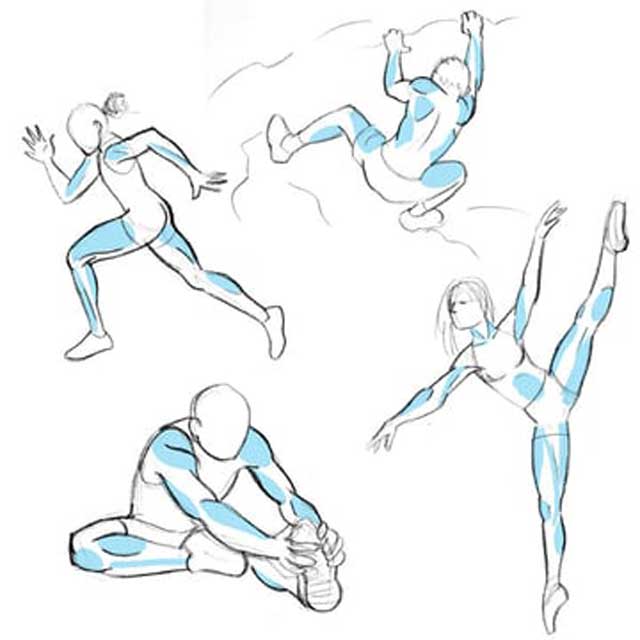
You need to be able to create your own figures without using a reference. You will be able to visualize the exact position of the arms and legs as well as the shape of the muscles if you want to be able to sketch a figure tossing a baseball, for instance.
Looking to outperform your competitors with engaging, quick, and high-quality 3D animations? Well, look no further because that’s our specialty! Contact us to help you benefit your business with stunning 3D animation services.
How to Design a Character Based on Human Anatomy
Here are some of the most common anatomical concepts and principles we can use to visualize video game characters. First, one of the most crucial factors you must consider is body proportions. This differs significantly in nature based on several variables. It is improbable that two similar people have the same anatomical measurements. However, general guidelines support character design and the proportions of the human anatomy.
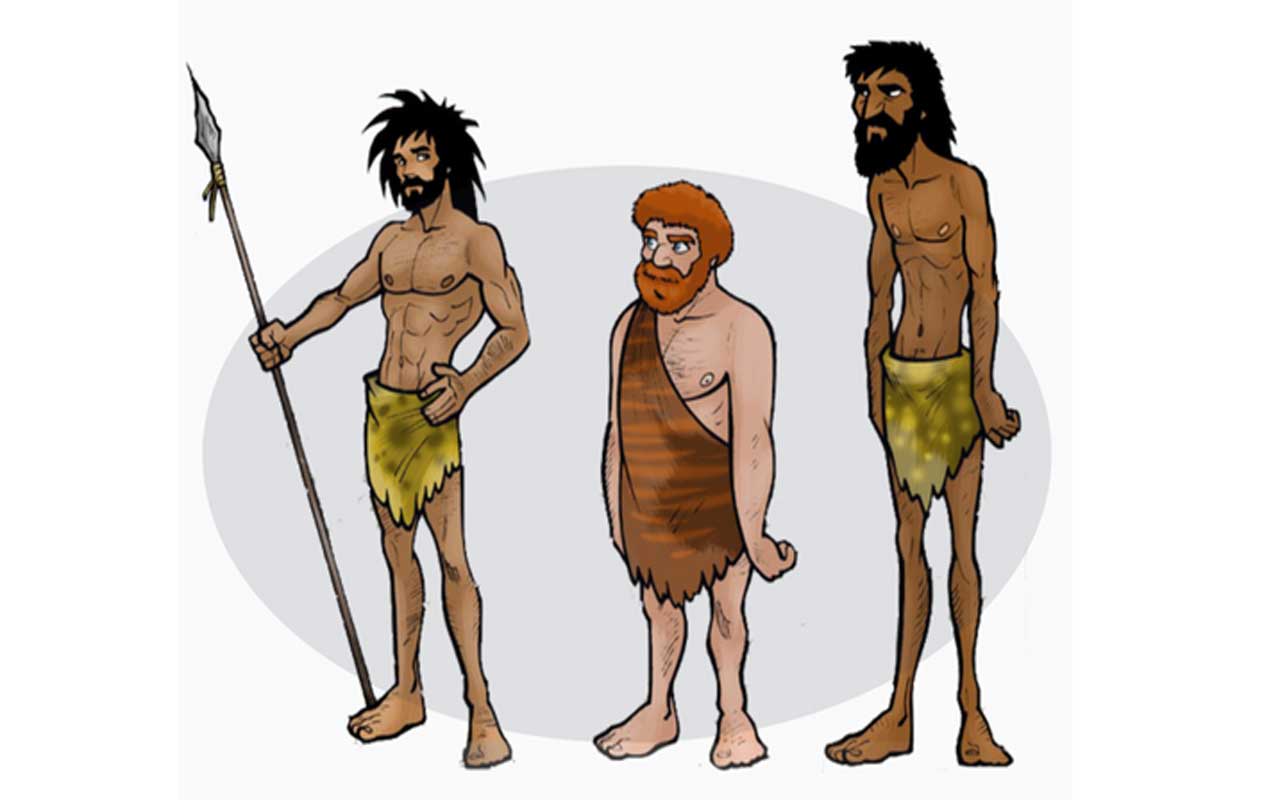
The Head Height
Character artists mostly use the head height—the distance between the top of the head and the chin—as a basis for comparison. This is a principle of art in many respects, but it also reflects careful life observation. It is also one of the simplest ways of making sense of what might be a highly complex character image because the critical unit of measurement is contained within the image itself. An ideal character is thought to be about eight heads heights tall altogether. The ratio can be reduced as characters get younger, down to about four head heights for infants. However, this is a simplification of reality.

Somatotype (Ectomorph, Mesomorph, and Endomorph)
One of the most popular classification systems focuses on how much fat and muscle the body stores. The ectomorph, mesomorph, and endomorph are the categories used to categorize body types based on these features and are referred to as somatotypes.
Character designers that need to generalize a character’s overall body shape might employ these, which are highly generalized and not entirely based on human biology and anatomy. The ectomorph’s character is light, with small bones and toned, thin muscles. Due to their rapid metabolism, they are likely to have slim shoulders and low body fat. They may also have long limbs or be taller than typical.
Mesomorphs are those characters that are more solidly built and have larger bones. They probably have an athletic body naturally; even if they have some body fat, their muscles will be bigger and more visibly defined. In addition, persons more closely associated with ectomorph or mesomorph kinds will find it easier to lose weight than endomorph characters, who will have a higher body fat ratio to muscle.
Somatotypes can appeal to our biases and fundamental assumptions of body shape when used and emphasized in the character design of video games. Ectomorphs, like Waluigi, might be related to traits like speed, thoughtfulness, introversion, emotional control, shiftiness, intensity, or creativity, for example.
Characters with endomorphic characteristics, like Wario, are often shorter, rounder, and stockier. They may also have powerful arms and legs. Depending on how an endomorph is characterized, this body type may imply that a person is funny, carefree, sociable, understanding, adoring, or strong. The mesomorph character type definitely denotes athletic ability and power. Still, it can also denote bravery, adventure, assertiveness, domination, competition, and a tendency to take risks.
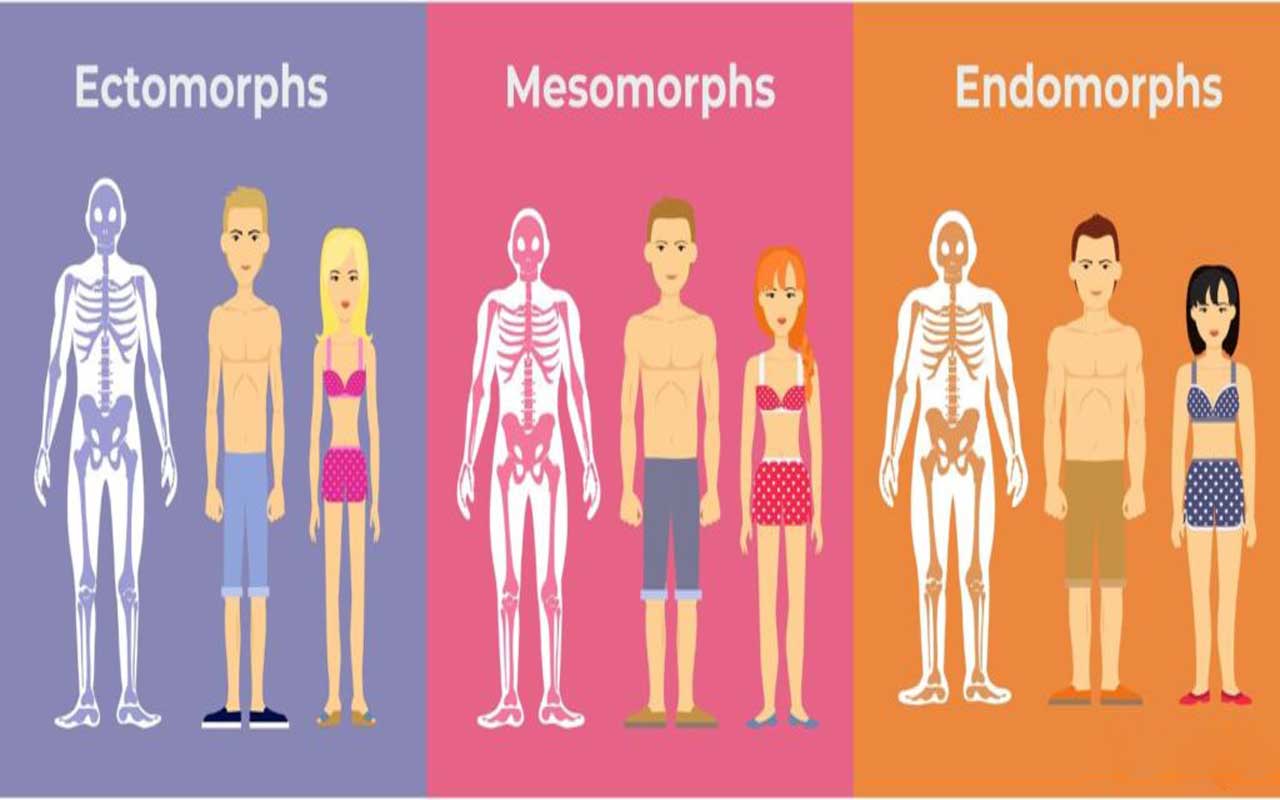
Gender Hormones
Character sex obviously affects body shape, and while somatotypes can be used to generalize character shape, we must also be aware of this. Testosterone and estrogens are the sex hormones found in nature that affect the body and facial structure. Females usually have a higher proportion of estrogens than testosterone, whereas men typically have a considerably higher proportion of testosterone.
This results in minor changes in body size and shape in nature, which we generally understand as characteristically male or feminine traits. First, let’s think about the characteristics seen as being very manly. A steroid hormone called testosterone increases body mass, including bone and muscle mass, resulting in larger and heavier bodies.
Men tend to acquire larger muscles more quickly, have larger hands and feet, and are taller and stronger than women because men have a higher percentage of testosterone in their bodies than women. A highly masculine body would resemble the mesomorph body type and be tall and broad across the chest with well-defined muscles and low body fat, levels of testosterone and masculinity were correlated.
Like it does for the body, testosterone promotes the development of facial features. During puberty, the face will change from round to squarer, and the jawline and the ridge of the eyebrows tend to become more noticeable.
In short, our analysis and design of gaming characters rely heavily on our understanding of general anatomical principles. This can be simplified by considering how somatotypes might infer different character’s implications, how sex hormones change the form of our bodies and faces to more or less masculine and feminine aspects, and how body proportion impacts our perception of a character’s age.
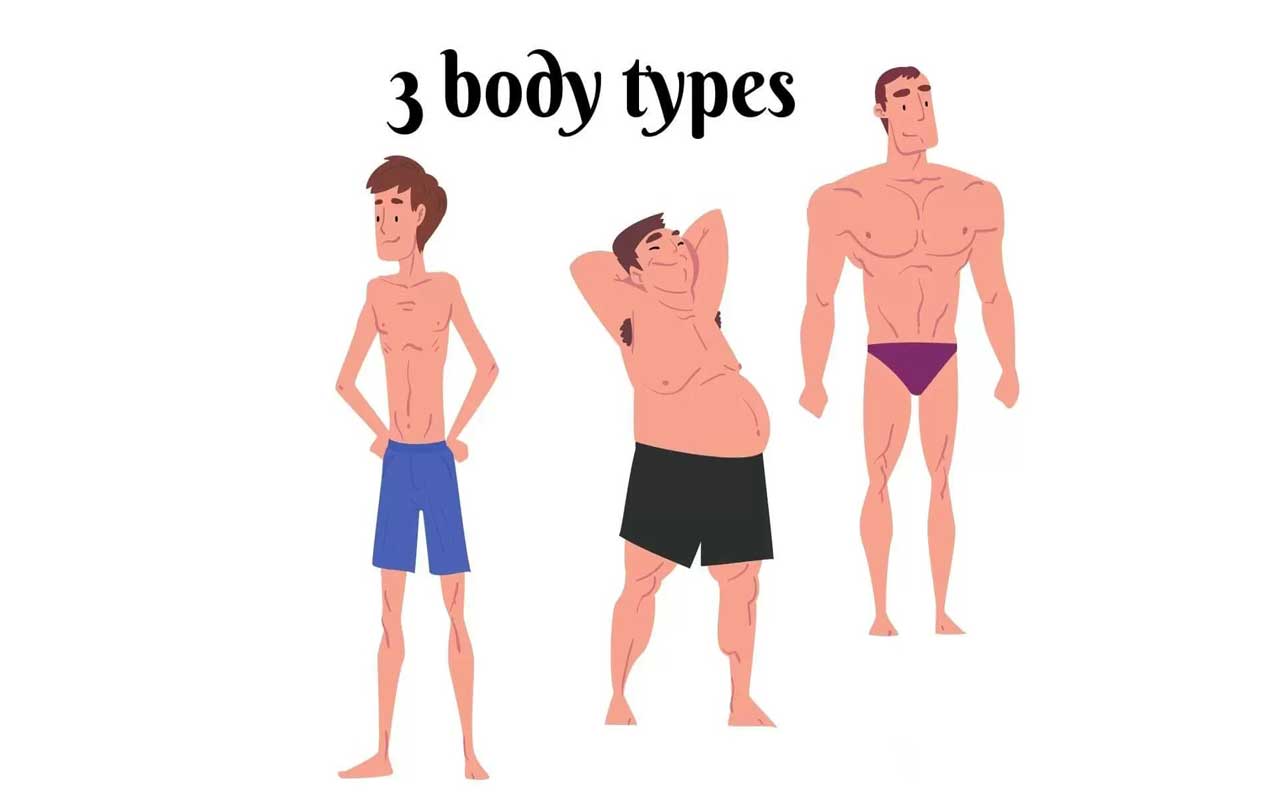
To Conclude
Researching a body shape’s anatomical structure, whether a human, animal, invented creature, or machine, is essential to creating a unique character. The more you understand the structure of primary forms, the more adept you’ll get at drawing and designing your own creations and getting the proportions just right. Studying or understanding the human anatomy helps you in this stage.
